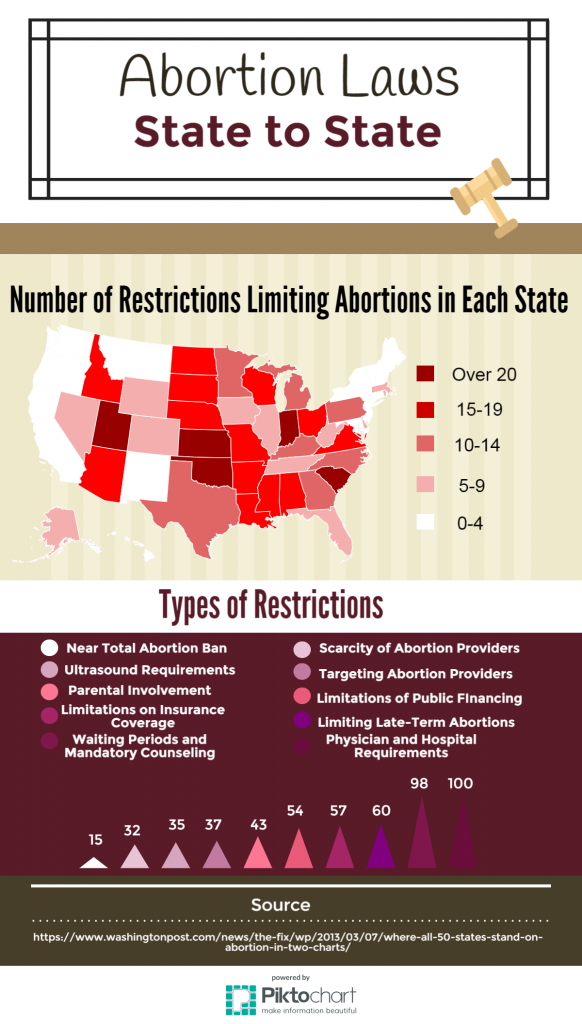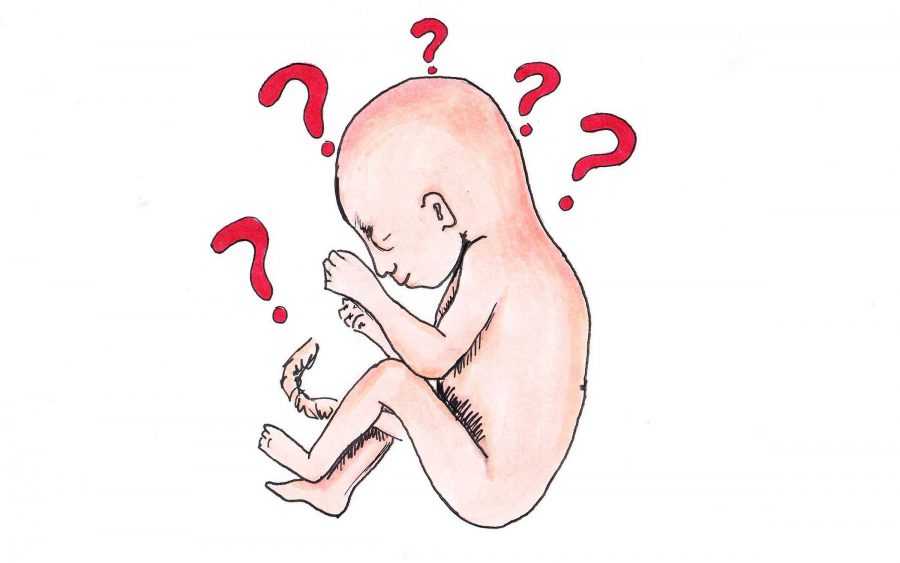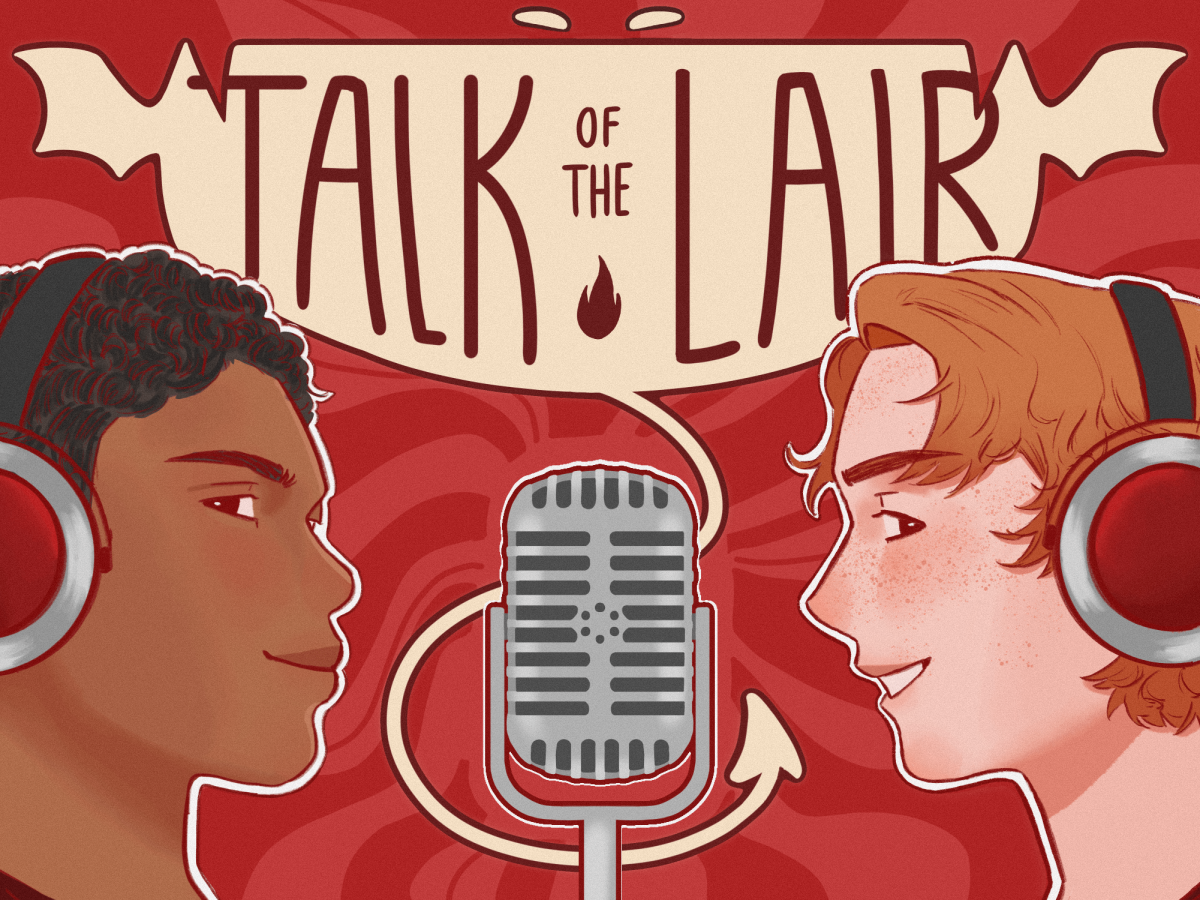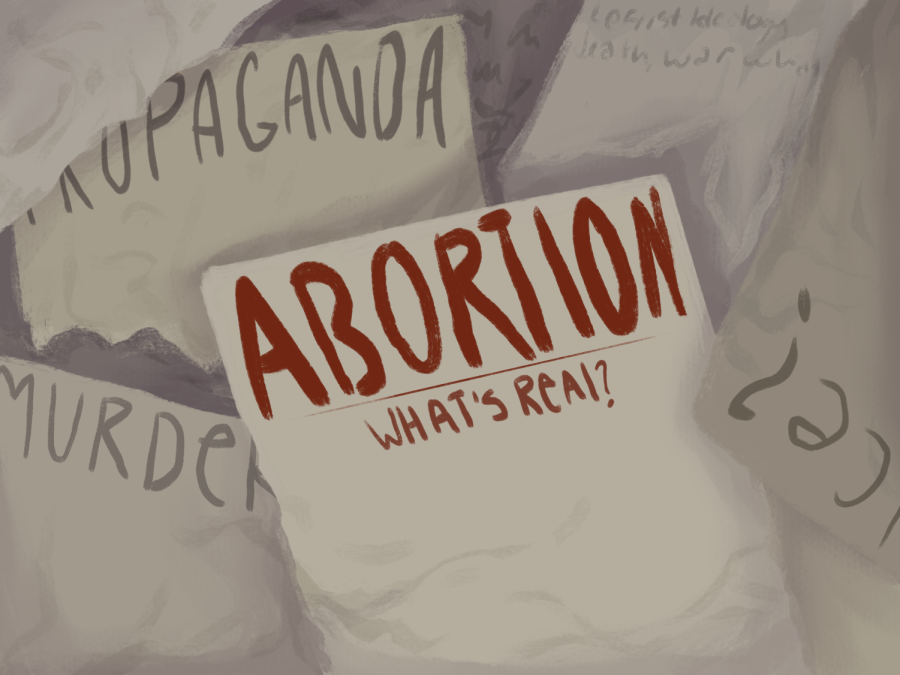Not only is abortion itself confusing, but it has expanded into an issue encompassing many parts of our government and life. It had become a social and political issue. This expands the realm of questions and information significantly. Many people have questions about the legal end of abortion and the debate surrounding it.

Sources: Pew Research Center’s “Abortion Laws Around the World” and Parliament of Australia’s “Abortion Law in Australia”
Not only is abortion itself confusing, but it has expanded into an issue encompassing many parts of our government and life. It had become a social and political issue. This expands the realm of questions and information significantly. Many people have questions about the legal end of abortion and the debate surrounding it.
- What does making abortion illegal do?
Making abortion illegal does little to deter women from getting one. According to the New York Times, “Abortion rates are similar in countries where it is legal and those where it is not.” However, when abortion is illegal it increases the risks involved dramatically.
- What are alternatives to abortion?
There are very few options once a woman finds out that she is pregnant. The most realistic and popular alternative to abortion is adoption. Yet, it can still impact a woman’s life. A woman could also choose to keep her baby to raise, but that is not an “alternative” in the truest sense. In addition, 95 percent of women do not regret getting an abortion, so alternatives are not necessarily needed.
- Why is abortion legal?
Abortion was made legal across the United States by the landmark decision of the Supreme Court in Roe v Wade and Doe v Bolton. Roe v Wade focused on abortion laws in Texas, and Doe v Bolton struck down abortion regulations in Georgia.
- Are my taxes paying for abortion?
Planned Parenthood receives about 500 million dollars in federal funding, which does come from taxpayer dollars. However, they also receive about 600 million in non government or private funding. Government money comes from two sources: Title X and Medicaid. “The Title X Family Planning program was enacted in 1970 as Title X of the Public Health Service Act (Public Law 91-572 Population Research and Voluntary Family Planning Programs). Title X is the only federal grant program dedicated solely to providing individuals with comprehensive family planning and related preventive health services.” “Title X does not allow federal funds to be used for abortions.” Medicaid allows their funding to be spent on abortion in some specific cases. “The 1977 Hyde Amendment dictated that federal Medicaid funds could only be used to fund abortions in cases of rape, incest or to protect the life of the mother. However, some states have expanded cases in which they will provide funds. Currently, 17 states allow funds to be used for “medically necessary” abortions. In those cases that these states count as medically necessary but that are not permitted by the federal guidelines, states cover the cost alone.”
Ultimately, no taxes are going to fund abortion. They may be funding other health and family planning options by planned parenthood, but not abortion.
- What is Planned Parenthood?
According to the Planned Parenthood “About Us” page, “Planned Parenthood is America’s most trusted provider of reproductive health care. Our skilled healthcare professionals are dedicated to offering men, women, and teens high-quality, affordable medical care…. [Our] health centers provide a wide range of safe, reliable health care — and the majority is preventive, primary care, which helps prevent unintended pregnancies through contraception, reduce the spread of sexually transmitted infections through testing and treatment, and screen for cervical and other cancers.”
-

Source: The Washington Post. Credit: Emma Kolesnik/The Foothill Dragon Press Where else can you get an abortion?
There are many different abortion clinics aside from Planned Parenthood. While Planned Parenthood is the largest abortion provider, it is not the only option available for women. In California, a woman is likely to find an abortion clinic close to her. For example, in Ventura there are four abortion clinics. However, in more conservative states it may become more difficult to find alternate providers. “In five states — Mississippi, Missouri, North Dakota, South Dakota and Wyoming — just one [abortion clinic] remains.”
- What is the fiscal cost?
According to the Planned Parenthood website, an abortion “can cost up to $800, but often less.” The average cost for a medical abortion in the first trimester is “$470; but since most U.S. women obtain abortions at facilities with lower charges, the average amount paid was $451.”
- What do proponents of the “pro-life” movement advocate for?
In basic terms, the “pro-life” movement is against abortion. There are multiple organizations that are against abortion, below are a few of their mission statements.
“The mission of National Right to Life is to protect and defend the most fundamental right of humankind, the right to life of every innocent human being from the beginning of life to natural death.”
The National Pro-Life Alliance’s says “Because every human life is precious in the eyes of God, and science and common sense dictate that life begins at conception, it is clear that abortion is the wanton taking of human life and no truly great nation can allow this practice to take place.”
- What do proponents of the “pro-choice” movement advocate for?
National Abortion and Reproductive Rights Action League (NARAL) Pro-Choice America Foundation’s “mission is to support and protect, as a fundamental right and value, a woman’s freedom to make personal decisions regarding the full range of reproductive choices through education, training, organizing, legal action, and public policy.”
The National Abortion Federation’s mission is “ensure safe, legal, and accessible abortion care, which promotes health and justice for women.”
- What does abortion have to do with religion?
“All the religions have taken strong positions on abortion; they believe that the issue encompasses profound issues of life and death, right and wrong, human relationships and the nature of society, that make it a major religious concern.”
“Judaism does not forbid abortion, but it does not permit abortion on demand. Abortion is only permitted for serious reasons. Judaism expects every case to be considered on its own merits and the decision to be taken after consultation with a rabbi competent to give advice on such matters.”
Islam and “Muslims regard abortion as wrong and haram (forbidden), but many accept that it may be permitted in certain cases. All schools of Muslim law accept that abortion is permitted if continuing the pregnancy would put the mother’s life in real danger. This is the only reason accepted for abortion after 120 days of the pregnancy. Different schools of Muslim law hold different views on whether any other reasons for abortion are permitted, and at what stage of pregnancy if so.”
According to the Vatican website “Since the first century the Church has affirmed the moral evil of every procured abortion. This teaching has not changed and remains unchangeable. Direct abortion, that is to say, abortion willed either as an end or a means, is gravely contrary to the moral law: You shall not kill the embryo by abortion and shall not cause the newborn to perish. God, the Lord of life, has entrusted to men the noble mission of safeguarding life, and men must carry it out in a manner worthy of themselves. Life must be protected with the utmost care from the moment of conception: abortion and infanticide are abominable crimes.”
- What are the legal arguments?
The Supreme Court made abortion legal under the Fourteenth Amendment. The Fourteenth Amendment gives the right to privacy because of the due process clause. This argument means that abortion is a private decision. Whether a woman wants to get an abortion is a private choice for herself.
Another argument is the idea of equality. Before Roe v Wade, many wealthy women could receive abortions by either traveling abroad or convincing a local doctor to perform the operation. Poor women were the ones mostly impacted and forced to carry the baby to term. For there to be equality, to many it made sense to make it easier for poor women to receive abortions.
Many people also believe that abortion laws should be determined by individual states. For this to have happened the Supreme Court would have had to not reviewed Roe v Wade at all.
- What are effective ways to stop abortion?
In Colorado, there was a study to see the correlation between abortion and birth rates and the use of contraceptives and ability to information. This is the largest study of its kind. “The birth rate among teenagers across the state plunged by 40 percent from 2009 to 2013, while their rate of abortions fell by 42 percent, according to the Colorado Department of Public Health and Environment. There was a similar decline in births for another group particularly vulnerable to unplanned pregnancies: unmarried women under 25 who have not finished high school.”
Thinglink Credit: Emma Kolesnik/The Foothill Dragon Press
Background Art Credit: Jessie Snyder/The Foothill Dragon Press















